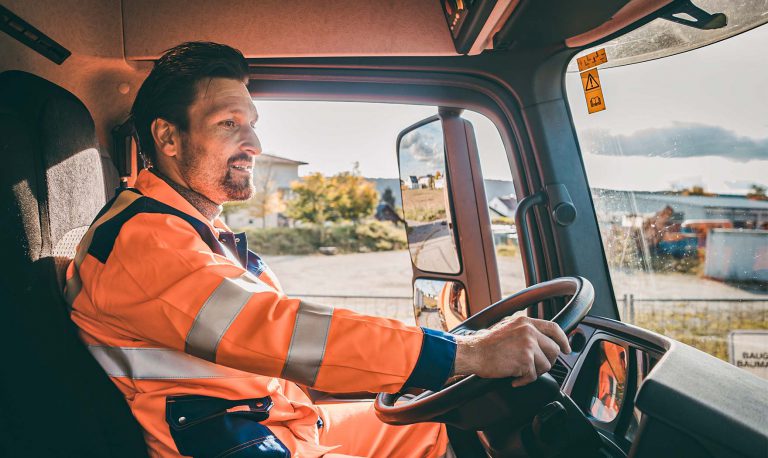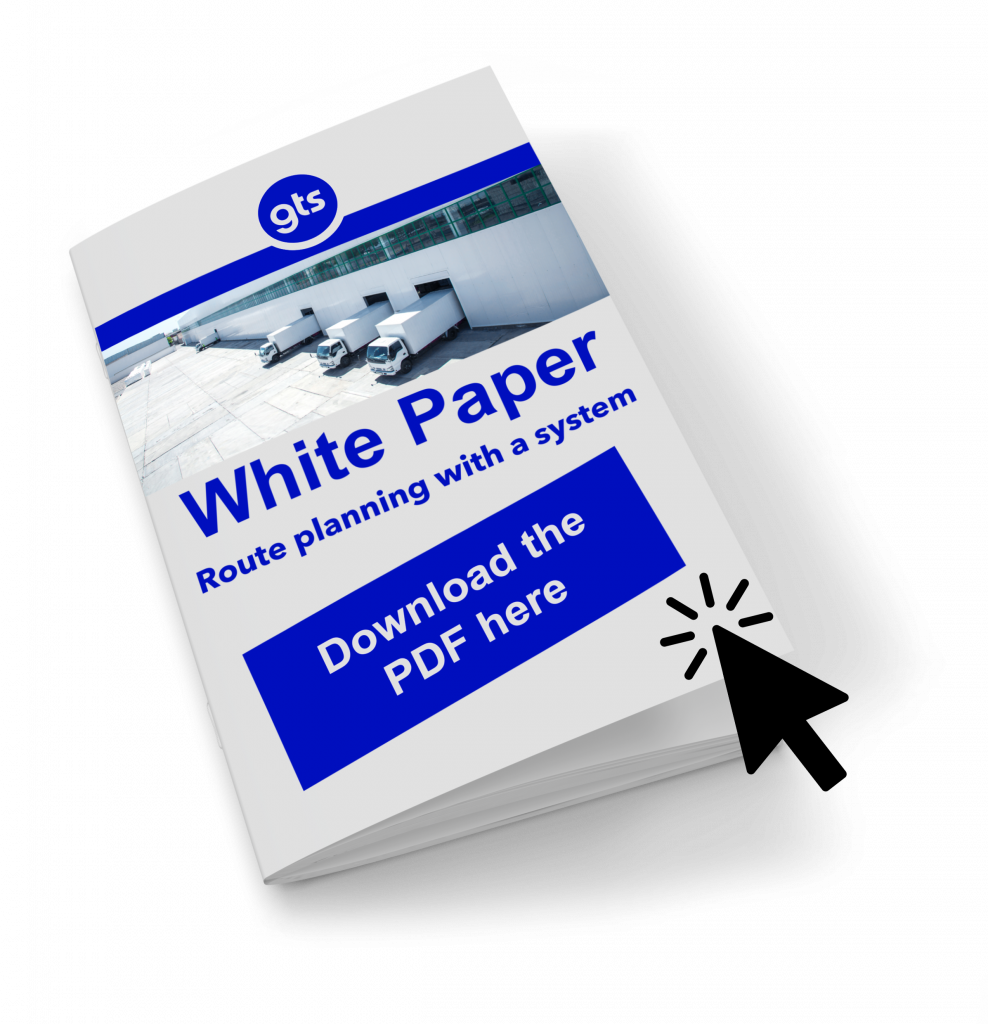
Manual disposition
The tasks are complex - from the planning of tightly timed tours of the garbage trucks to citizen-oriented municipal services, it is important to get numerous factors and participants under one roof. Nevertheless, digitization has not yet found its way into waste disposal companies everywhere. Most waste management service providers still plan their tours manually. The dispatchers manually assign loading points to routes or areas. The drivers then insert the loading points to be approached into the tour sequence - also manually. However, the necessary transparency about capacities and working hours is lost. Planning errors are often recognized too late, i.e. only when they are realized. All of this is not cost-optimal.
One of the biggest shortcomings is the lack of flexibility. If everything does not go according to plan, for example in the event of a traffic jam or construction sites, the dispatchers cannot react quickly enough and the drivers try to adapt their tour themselves. However, this only works if the driver is familiar and has sufficient specialist knowledge. Given the acute shortage of skilled workers, this is not always the case.
The solution lies in the networking and automation of processes that enable quick reactions and real-time communication with everyone involved.
Step by step towards digitization with TransIT
With route planning software for the waste disposal industry, you as a waste management company can make your routes more transparent, flexible and efficient. The TransIT planning software is based on intelligent algorithms that create cost-optimized route plans. You avoid planning errors, minimize turning maneuvers and reduce planning efforts.

The route planning software TransIT has all common interfaces of the leading systems so that order specifications and planning results are automatically adopted. With the telematics system linked to the software, you can transmit tours and tour order (driver information) directly to the vehicles on tour. The status of the planned tours is always transparent and can be adjusted if necessary. Information between dispatchers and drivers is played back and processed in real time. In addition, the route planning software enables transparent actual-target comparisons, performance records and the identification of optimization potential - the basis for a continuous increase in efficiency that would not be possible without software of this kind. TransIT thus makes a contribution to digitizing route planning and logistics processes in waste management step by step.
TransIT is a pioneer for waste management 4.0
The decisive factor is: networking. Thanks to the integration capability of TransIT, the route planning system can act as a central control unit and merge different systems. The technical connection to the systems (ERP, telematics, merchandise management) on the one hand and the networking of those involved (dispatcher, driver, client, municipal utilities, customers, etc.) on the other hand, clears the way for smooth processes. Municipalities and waste disposal companies can significantly expand and improve their citizen services by offering digital customer portals. For example, orders can be recorded centrally, and the planning system then automatically announces the pick-up times after scheduling. Customers are informed in advance by SMS or email about the pick-up times for the emptying. Bulky waste registration can also be offered via these service portals - as can the notification of wild rubbish or overfull waste bins and glass containers. The prerequisite is software in the background that automatically adjusts the tours based on this data and involves all parties involved - citizens, municipalities, waste disposal companies. Waste management is going one step further in the direction of digitization with the help of sensors. These can, for example, report their fill levels independently in large containers - the connected tour planning software then automatically schedules emptying from a certain fill level. The "communication" between data chips on garbage cans and identification systems on garbage trucks works in a similar way, which identify regular emptying and feed the data back to the planning system.
Digital waste management - the advantages:
- Optimal planning of resources and capacities
- Avoiding errors through automated processes
- Web-based process control
- Seamless communication between dispatchers, emergency vehicles, subcontractors and end customers
- Higher service quality for customers
- Increasing competitiveness
- Less bureaucracy
- Reduction of CO2
- Digitization of the entire disposal process from incoming orders to billing




